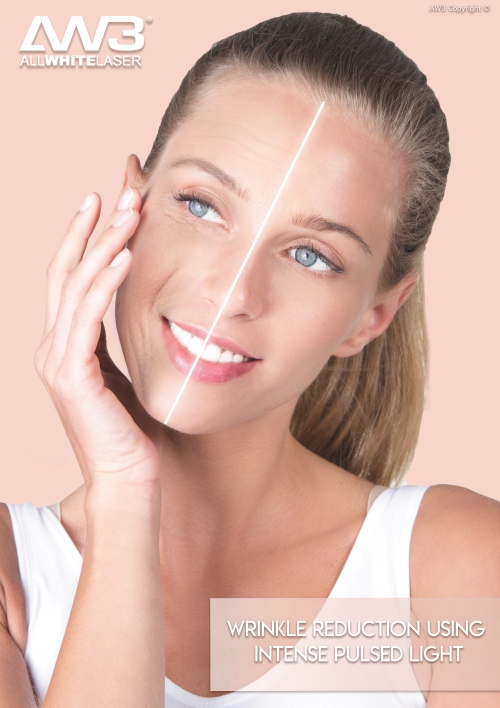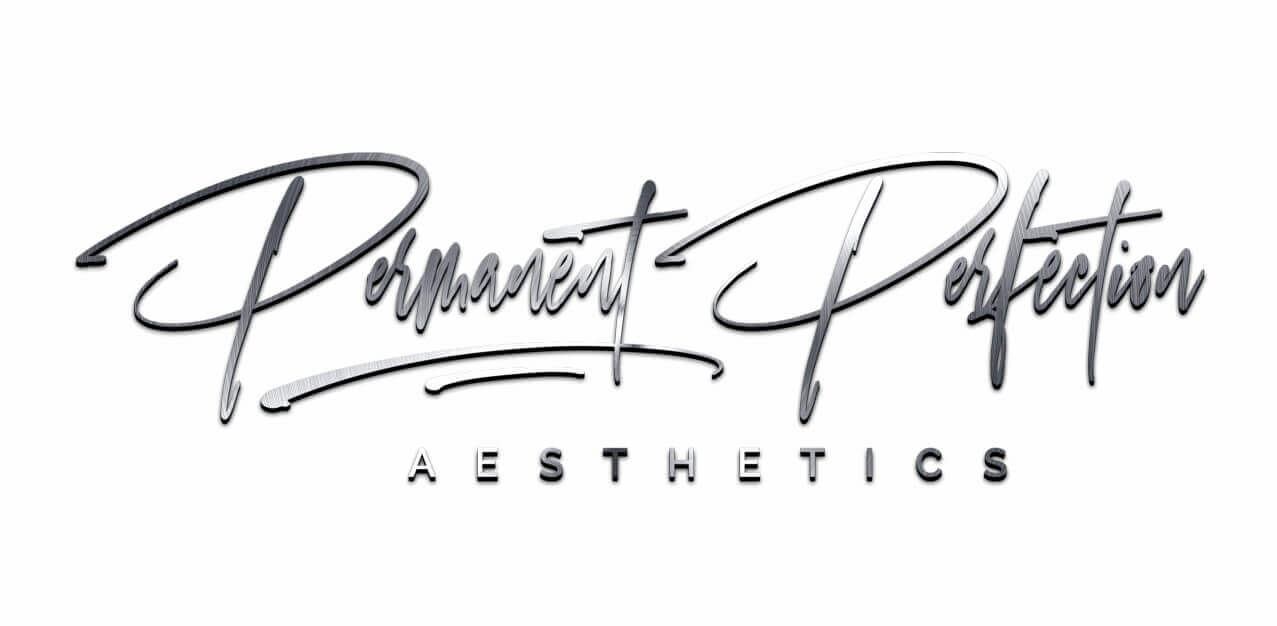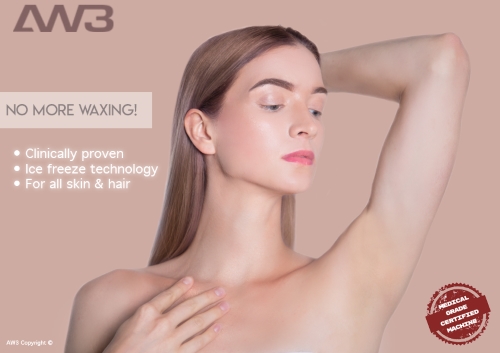Laser vs Light in Cosmetics: Unravelling the Benefits
Laser vs Light – In the ever-evolving landscape of beauty and cosmetic treatments, lasers and light-based therapies have emerged as powerful tools, offering precision and efficacy that traditional methods can’t quite match. From permanently reducing hair growth to rejuvenating aged skin, the applications for these technologies are vast. But what exactly is the difference between laser and light-based treatments, and what benefits do they provide for various cosmetic procedures?
This comprehensive guide will delve into the world of Laser vs Light in the realm of beauty, providing you with insights that’ll be invaluable for both professionals and those looking to explore aesthetic enhancements.
Understanding Laser and Light
Before delving into their applications, let’s establish what we mean by lasers and light-based technologies. Laser, standing for ‘Light Amplification by the Stimulated Emission of Radiation,” is a focused beam of light that’s monochromatic (i.e., one color) and coherent (i.e., all waves in phase). This coherence allows lasers to be extremely accurate in where they deliver energy, which is their defining characteristic.
Light-based technologies, on the other hand, encompass a broader spectrum. While lasers are a type of light, they differ in their coherence and focus. Light-based devices can include intense pulsed light (IPL), light-emitting diodes (LEDs), and broadband light (BBL), which emit various wavelengths and colors. Despite this broad spectrum, many light-based devices are also designed to target specific areas, albeit with a differing degree of precision compared to lasers.
Laser vs Light Differences
Laser vs Light – The main differences between lasers and light-based devices stem from their core characteristics: energy, wavelength, and target selection.
Energy
Laser devices emit energy in a single direction, generating high temperatures at their target. Their mono-energetic nature means they’re capable of high-intensity applications. Conversely, light-based devices usually emit energy over a range of directions, often at lower levels. This makes lasers the go-to for tasks requiring deep tissue penetration and destruction, such as tattoo removal and hair reduction.
Wavelength
Light-based devices can cover a range of wavelengths, depending on the technology used — IPL devices, for instance, offer a broad spectrum of light. Lasers, in contrast, are very specific, with one wavelength generating a single color that determines the depth and specificity of the treatment. Different wavelengths of light and lasers can be used to target distinct skin structures, which is crucial for effectiveness and safety in various treatments.
Target Selection
The use of lasers is typified by high-precision. Adjustments in wavelength and pulse duration can target melanin, haemoglobin, or water within the skin, enabling treatments that range from pigmentation correction to skin resurfacing by controlling the depth of the thermal effect. Light-based systems offer relative selectivity through filters and other means, allowing them to narrow down their targets somewhat but generally lack the pinpoint control of lasers.
Laser vs Light Cosmetic Applications
These technologies are revolutionizing the cosmetic industry, providing practitioners with tools that yield outstanding results. Let’s explore the applications where laser and light-based devices truly shine:

Laser vs Light – Laser Hair Removal
Laser hair removal is possibly one of the most well-known applications. The procedure uses the specific wavelength of light to target hair follicles, heating them up to destroy the hair and prevent future growth. Compared to traditional methods like waxing or shaving, laser hair removal offers longer-lasting effects and is less painful. It is essential to note that multiple sessions are usually required to effectively treat hair in all growth stages and achieve the most permanent results.

Laser vs Light – Tattoo Removal
Tattoo regret is relatively common, but laser and light-based devices offer a way out. These treatments work by breaking down the ink particles within the skin, which can then be naturally removed by the body’s immune system. The number of sessions needed varies based on the size, color, and type of ink used in the tattoo, but advancements in technology have made it possible to remove tattoos more effectively and with less risk of scarring.

Skin Rejuvenation
Laser skin rejuvenation is a broad term that encompasses several treatments designed to improve skin texture and appearance. From addressing fine lines and wrinkles to pigmentation issues, such as sunspots or age spots, these procedures can be tailored to an individual’s needs. Laser resurfacing, for example, uses focused beams of light to remove damaged skin layer by layer, while other light-based treatments, like IPL, offer a milder form of skin rejuvenation with less downtime.

Pigmentation and Vascular Treatments
For those dealing with pigmentation conditions or vascular issues, laser and light-based treatments are true game-changers. These devices target the melanin or blood vessels causing the discoloration without damaging the surrounding skin. Whether it’s to correct birthmarks or to treat spider veins, the controlled energy of lasers provides a highly effective solution, often with fewer risks than traditional treatments.
Benefits of Laser and Light in Cosmetic Procedures
The precision and efficacy of laser and light-based technologies offer a multitude of benefits in the world of cosmetic procedures.
Precision and Accuracy
The pinpoint accuracy of laser devices means that specific skin concerns can be addressed without affecting the surrounding tissue. This level of precision is crucial for treatments like laser hair removal, where the goal is to target the hair follicle without causing unnecessary damage to the skin.
Minimized Downtime and Side Effects
The controlled nature of laser and light-based treatments typically leads to reduced downtime and side effects. Although patients may experience redness or swelling after a procedure, these symptoms are usually mild and short-lived compared to traditional surgeries or chemical peels.
Enhanced Effectiveness and Long-term Results
The focused energy delivered by these devices ensures that the desired therapeutic effect is achieved with high efficacy. For patients seeking long-term solutions, laser and light-based treatments often provide results that are far more enduring than those of non-energy-based aesthetic treatments.
Conclusion
Laser and light-based treatments in the cosmetic industry have opened up new possibilities for individuals looking to enhance their appearance. From the precise elimination of unwanted hair to complex skin rejuvenation procedures, these technologies offer reliable, safe, and effective solutions.
However, it’s important to recognize that while these treatments offer many benefits, they are not one-size-fits-all solutions. Consulting with a qualified cosmetic professional is essential to determine the most suitable treatment for your individual goals and skin type.
As we continue to explore the vast potential of laser and light-based therapies, and technologies evolve, these methods will undoubtedly become even more integral to the pursuit of beauty and well-being.


Recent Comments